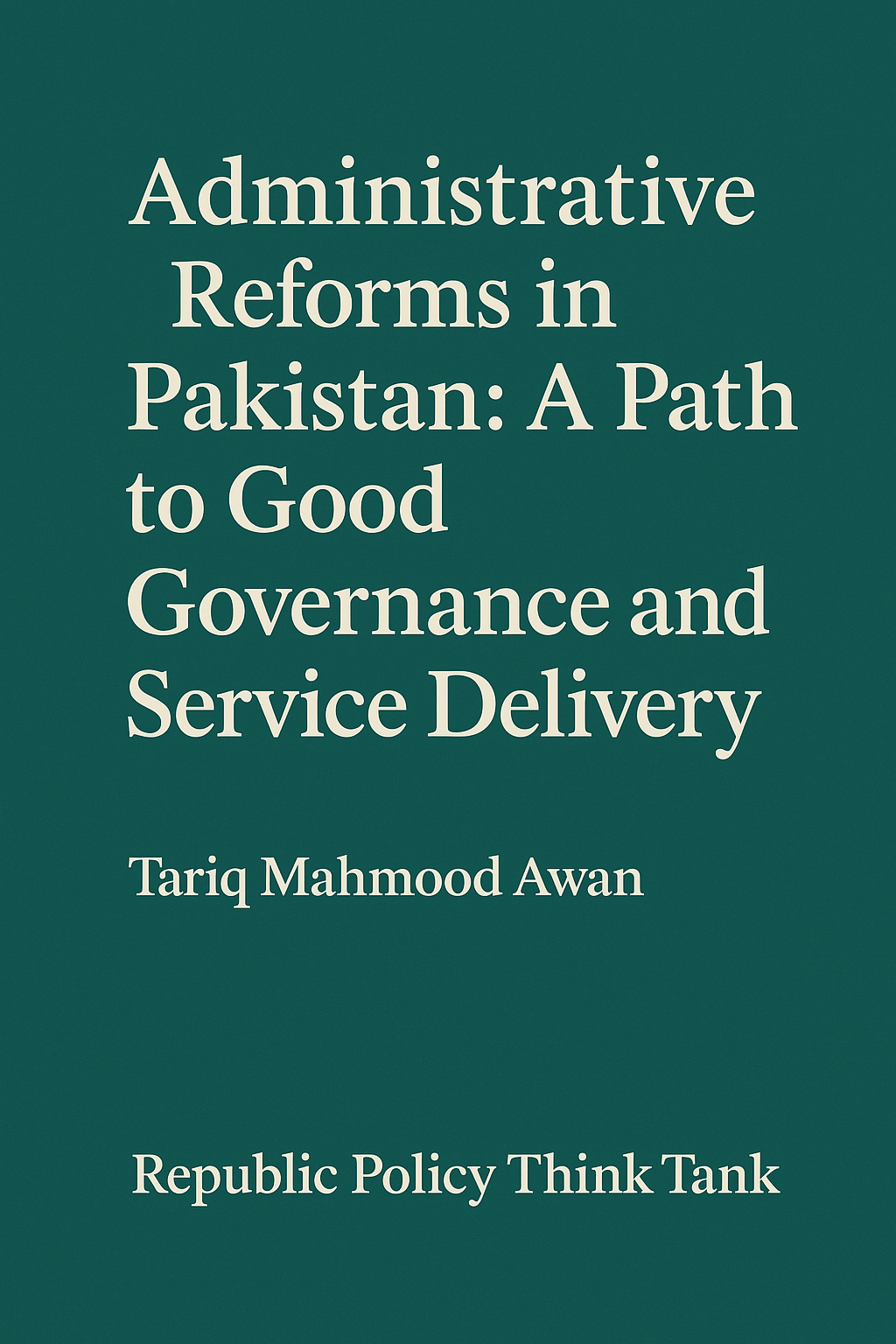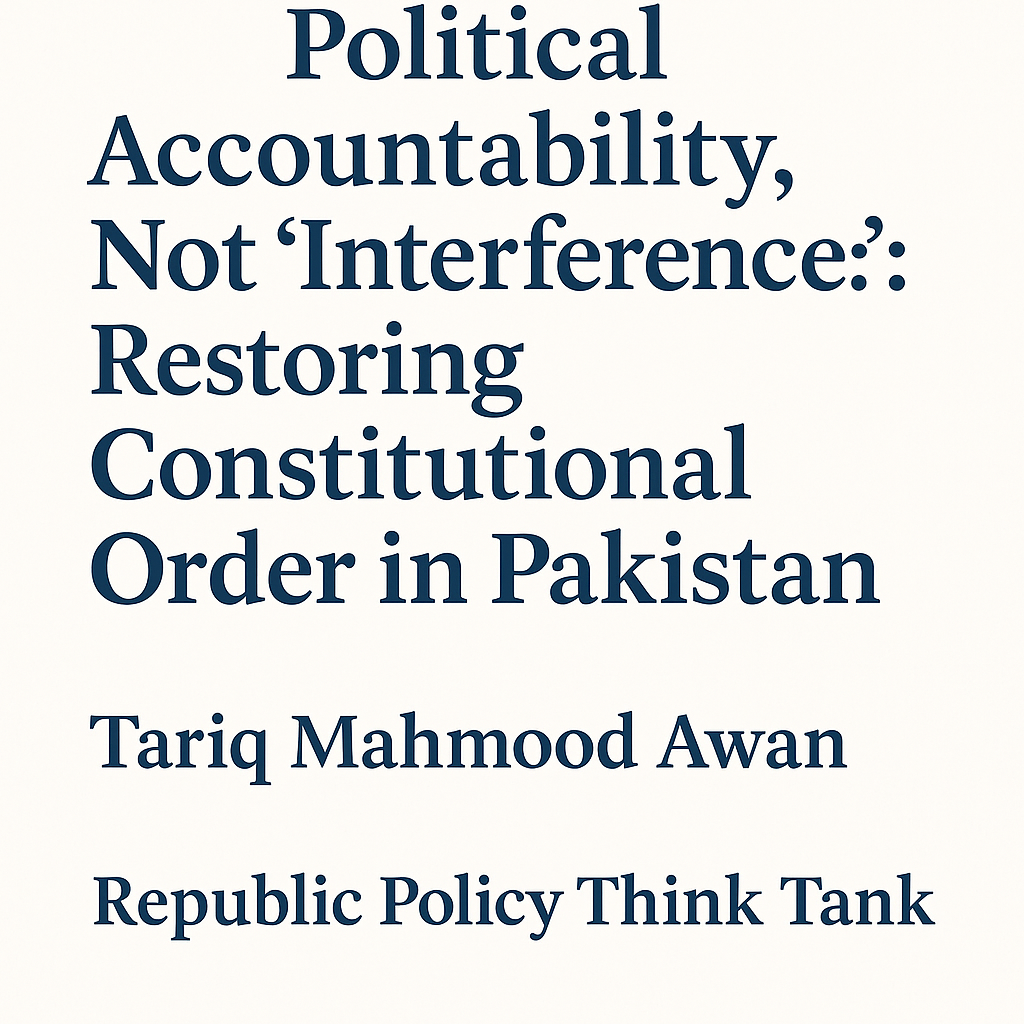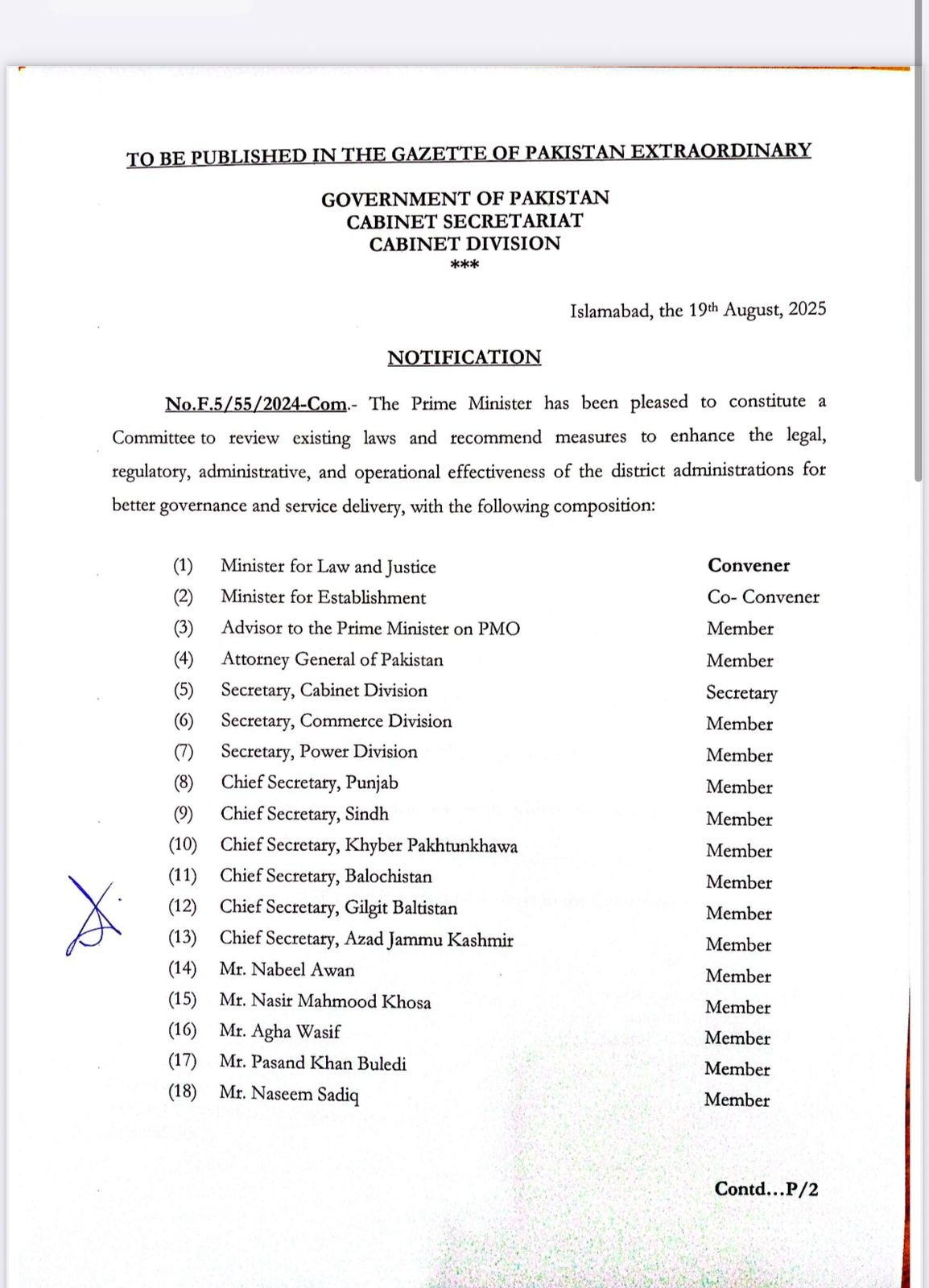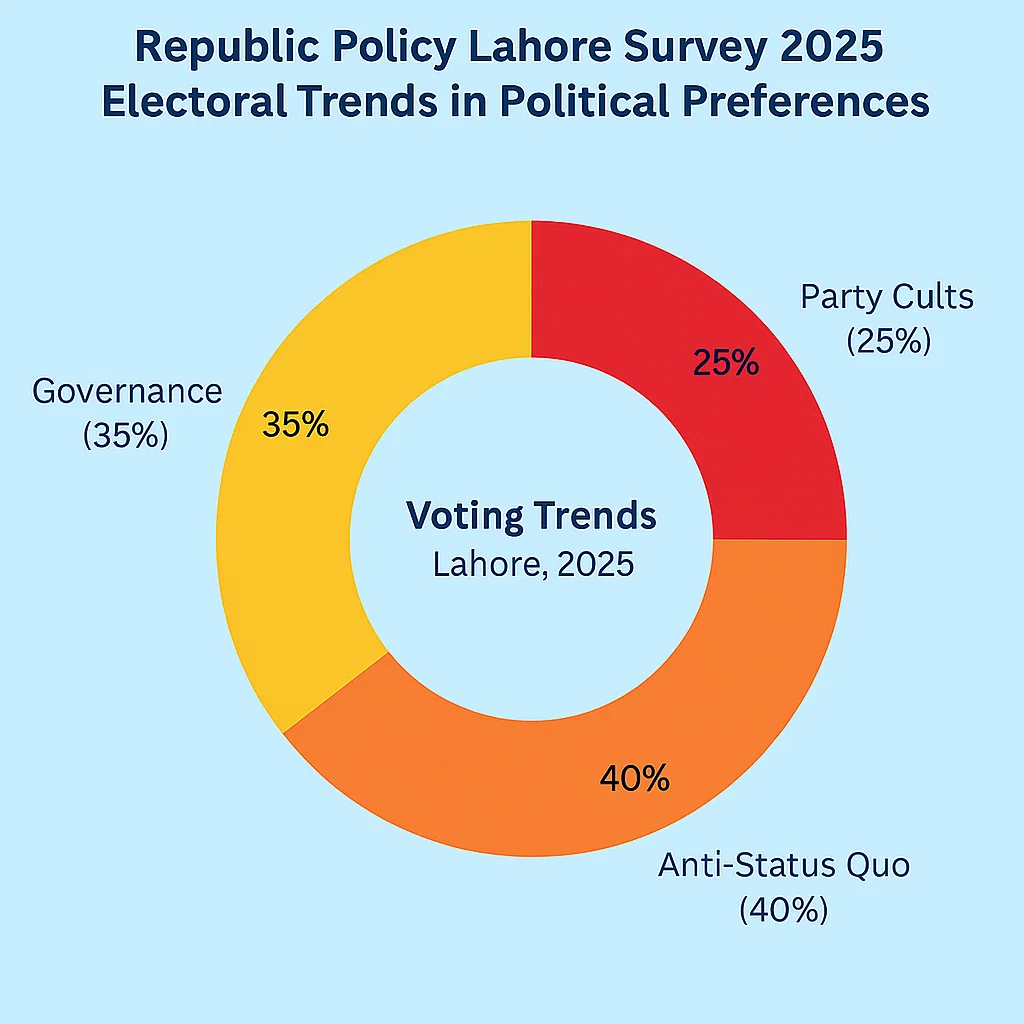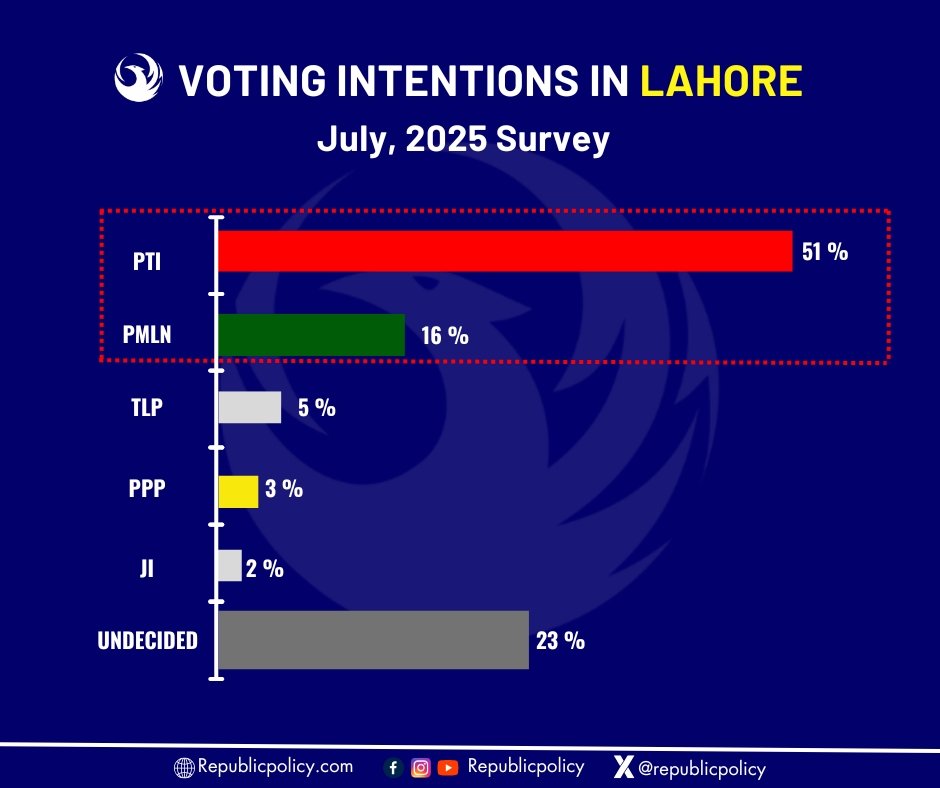Abul Rehman Niazi
Electricity prices in Pakistan have been rising consistently, causing widespread panic among the masses. With the per-unit price of electricity now exceeding Rs 70, many families are struggling to cope with the burden. The nation, with an installed electricity capacity of over 46,000 MW, relies heavily on a mix of thermal, hydro, wind, nuclear, and solar power sources. However, thermal power generation remains dominant, contributing to nearly 28,811 MW of the total capacity, while hydropower, wind, and nuclear energy contribute significantly less. Despite this vast capacity, the rise in electricity costs, compounded by inefficiencies and flawed agreements, has created a financial crisis that Pakistan can no longer afford to ignore.
At the heart of this crisis lies the Independent Power Producers (IPPs), which generate about half of Pakistan’s electricity. These IPPs, particularly the thermal units, have been criticized for their role in exacerbating the country’s economic woes. The business dealings surrounding these plants have raised questions about their transparency, their financial impact on the government, and their effect on the national economy. Critics argue that these IPPs are no different from the East India Company, which was once a major colonial player profiting at the expense of the local population. Much like the East India Company’s exploitation of resources, the IPPs are accused of draining Pakistan’s economy through unjustifiable agreements and inflated costs.
IPPs and the Financial Burden on Pakistan
The first Independent Power Producer in Pakistan, the Hub Power Company (HUBCO), was established under an agreement that guaranteed the plant owner payments from the government, regardless of whether electricity was purchased. As per the agreement, payments were tied to the capacity of the plants, and the government was obligated to make these payments based on the dollar exchange rate. This initial deal set the tone for future agreements, leading to a sharp increase in the burden of capacity payments, which now contribute significantly to the country’s circular debt, which stands at over Rs 2,300 billion.
The role of these IPPs has been controversial. Many of these plants are owned by powerful families, some of whom are involved in politics, which only adds to the complexity of the issue. These power plants are not just energy providers but also political players, making the issue even more contentious. While the government has been under pressure to reduce electricity prices, the payments to these IPPs have continued to rise. At the same time, expensive fuel sources, such as imported coal and diesel, have further inflated the cost of electricity generation.
In 2023, the power consumption in Pakistan witnessed a significant decline, dropping by one-sixth, as reported by HUBCO. This decrease in demand has left these IPPs with a dilemma: they will continue to receive payments for their full capacity, regardless of actual power usage, as per their agreements. These deals have led to massive losses for the country, while the owners of these plants continue to profit. In such a scenario, the question arises: can Pakistan recover any of the payments made to these IPPs, particularly for fuel costs, maintenance, and tax relief, or will the government simply forgive these debts for the sake of national interest?
Pl subscribe to the YouTube channel of republilcpolicy.com
The Vicious Cycle of IPP Agreements
Pakistan’s energy crisis can be traced back to flawed policies that have led to unsustainable agreements with these IPPs. One of the main criticisms of these deals is the over-invoicing of capacity payments. Compared to countries like Vietnam and Bangladesh, the capacity payments in Pakistan’s power plants were exorbitantly high. The IPPs operated mainly on thermal energy, despite the country’s vast coal reserves, and imported fuel at exorbitant prices in US dollars, which further exacerbated the financial burden on the country.
The consequences of these agreements are severe. Pakistan has been forced to bear the costs of maintenance, fuel procurement, and insurance for these plants. These IPPs have also received substantial subsidies, including Rs 12.17 trillion in tax relief. However, the reality is that the energy produced from these plants has not been proportional to the costs incurred, and much of the power generated has not been efficiently utilized.
While these IPPs continue to benefit from the agreements, the Pakistani people bear the brunt of the consequences. The rising electricity prices have led to widespread protests, as both domestic consumers and industries are finding it increasingly difficult to manage their electricity bills. Industries, which are the backbone of Pakistan’s economy, have been forced to shut down due to the high cost of electricity, leading to job losses and a decline in production.
The Need for a Comprehensive Audit and Reform
The time has come for Pakistan to address the issue of these IPPs head-on. The government must conduct a thorough audit of these plants, especially those that have been operational since the early 1990s. These audits should focus on the validity of the capacity payments, the actual energy output of the plants, and the subsidies granted to them. If the IPPs have failed to meet the agreed-upon standards of performance, they should be held accountable. Additionally, the possibility of retiring these plants early should be explored, particularly if they are no longer serving the national interest.
One of the main reasons for Pakistan’s deteriorating energy sector is the lack of long-term planning. The country has vast resources, including coal, which could be used to generate cheaper electricity, but this potential remains largely untapped. Instead, the country has continued to rely on expensive imported fuels to generate electricity. The government should prioritize the development of domestic energy resources, including coal, to reduce its dependence on foreign energy sources. Furthermore, the expansion of renewable energy sources, such as solar and wind power, should be accelerated to reduce the strain on the national grid.
A Way Forward for Pakistan’s Energy Sector
Pakistan cannot afford to ignore the issue of IPP agreements any longer. The government must take immediate steps to address the root causes of the energy crisis, starting with a comprehensive review of these agreements. The energy sector needs reform, and this reform must be centered on transparency, accountability, and long-term sustainability. The government should prioritize the needs of the people and the economy over the interests of a few powerful entities.
In addition, there is a need for a broader energy strategy that emphasizes energy efficiency, the development of renewable energy, and the reduction of energy waste. Pakistan must also focus on creating a conducive environment for businesses to thrive, including ensuring affordable and reliable energy access for industrial use. By addressing these issues head-on, Pakistan can begin to rebuild its energy sector, reduce its reliance on costly imports, and create a more sustainable future for its citizens.
In conclusion, the IPP issue is a symptom of larger systemic problems in Pakistan’s energy sector. The agreements made with these power producers have resulted in enormous financial losses for the country, and their continued operation is unsustainable. To restore balance and equity, the government must take decisive action, including conducting audits, reforming energy policies, and ensuring that future agreements prioritize national interest over the interests of powerful entities. Only through a comprehensive and strategic approach can Pakistan hope to address its energy crisis and build a brighter, more sustainable future.






